We live on a planet, called Earth, which lives in a Solar System of many other planets, that lives in a galaxy containing millions and millions of other Solar Systems, that also lives between millions and millions of other galaxies, in a Universe we know so little about. Alone, our Solar System has secrets we have not yet unlocked. In this article, we will talk about the characteristics of our neighbouring planets as well as our Sun, so that you become more familiar with what we call home.
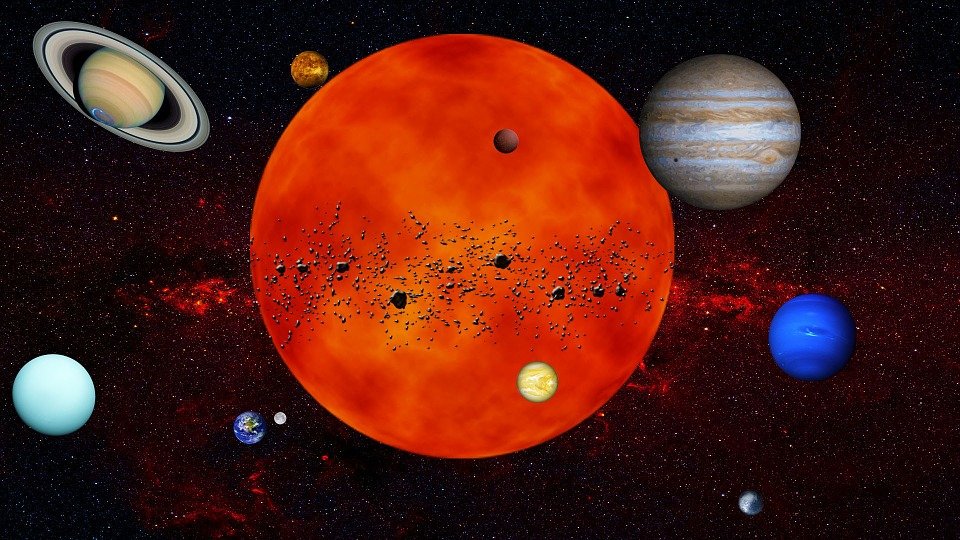
The Solar System
Our Solar System is comprised of a Sun, 8 planets and trillions of asteroids. The planets are split into 2 sub categories which are; 4 terrestrial planets and 4 gas giants.
The Sun
The Sun is the heart of our neighbourhood [1]. It is so massive, that it accounts for 99.8% of the entire mass of the Solar System. Due to such a large mass, its gravity is what keeps everything from the largest of planets to the smallest of particles in orbit around it. Since it is so massive and heavy, it allows for the fusion of Hydrogen which reaches us as light and heat.
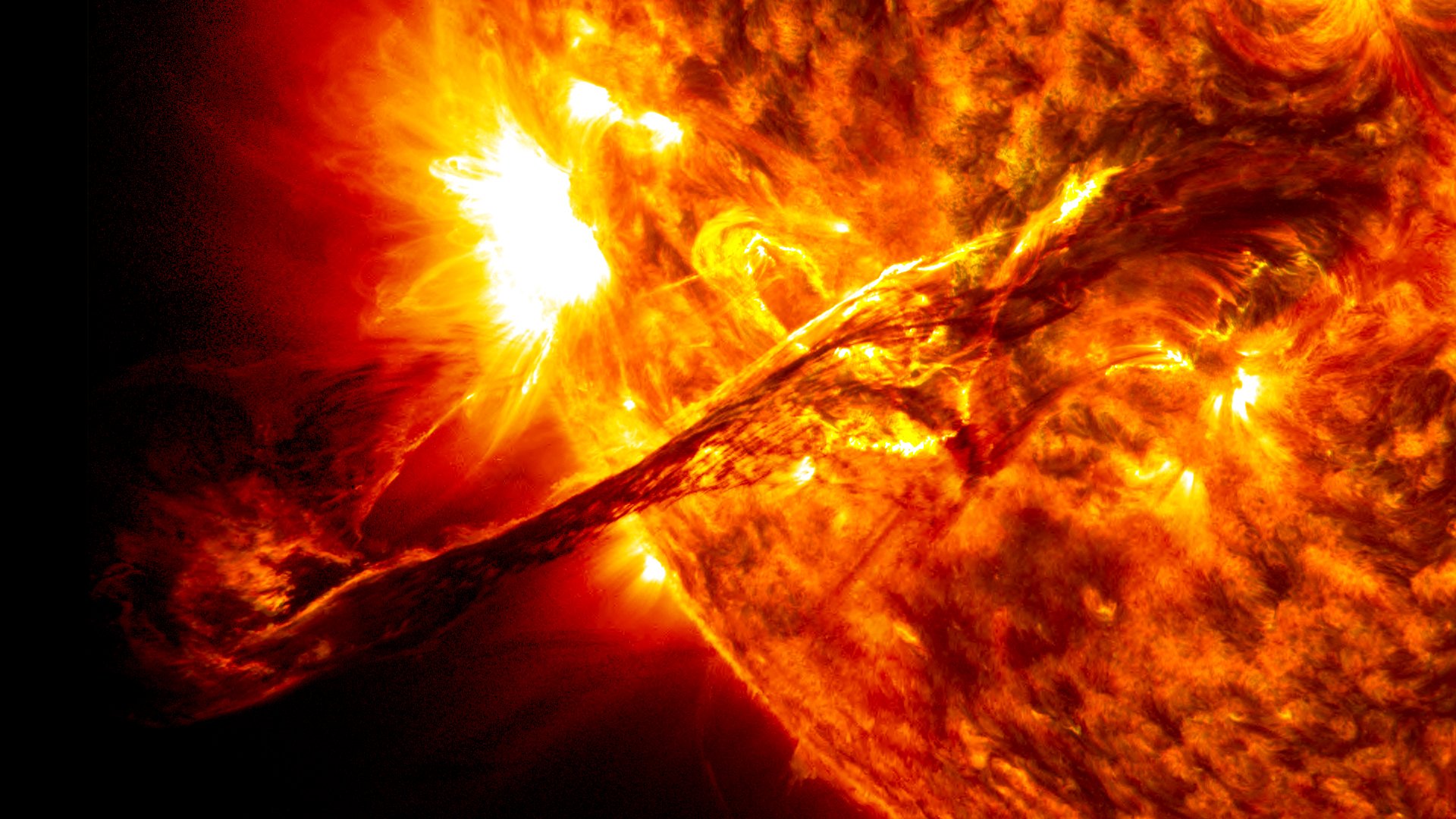
The Terrestrial Planets
As you move away from the Sun, the first 4 planets you encounter are the terrestrial planets. Starting from the closest; we have Mercury.
Mercury
Mercury is the closest planet to the sun. It is also the smallest and lightest. Its year is longer than its day. As a result, the temperature difference between the side facing the sun and the side facing away is huge; temperatures can range between -173 to 427 degrees Celsius [2]. Since it is so small and close to the Sun, it cannot sustain an atmosphere. Mercury has no moon.
Venus
Venus is one of the brightest planets and since it has an atmosphere, it is also by far the hottest, with temperatures ranging from 437 to 497 degrees Celsius [3]. Its atmospheric pressure is almost 100 times higher than that on Earth. Due to it being so close to the Sun, its Greenhouse effect is out of control so as a result, the planet never cools below 437 degrees. That is enough for tin to constantly be molten. Venus has no moon.
Earth
Earth is our home. It just so happens that it is the perfect distance away from the Sun to allow for liquid water. Because of this, humans and plants have been able to thrive. Temperatures range from -89 to 58 degrees Celsius. Earth has 1 moon.
Mars
Mars is slightly more than half the size of Earth [4]. It is slightly too small to sustain an atmosphere (which it once had). Over time its atmosphere was stripped away and its core cooled so much that it solidified. It is home to the largest mountain in the Solar System; which is a little more than 3 times the height of Mount Everest. Mars has 2 moons.
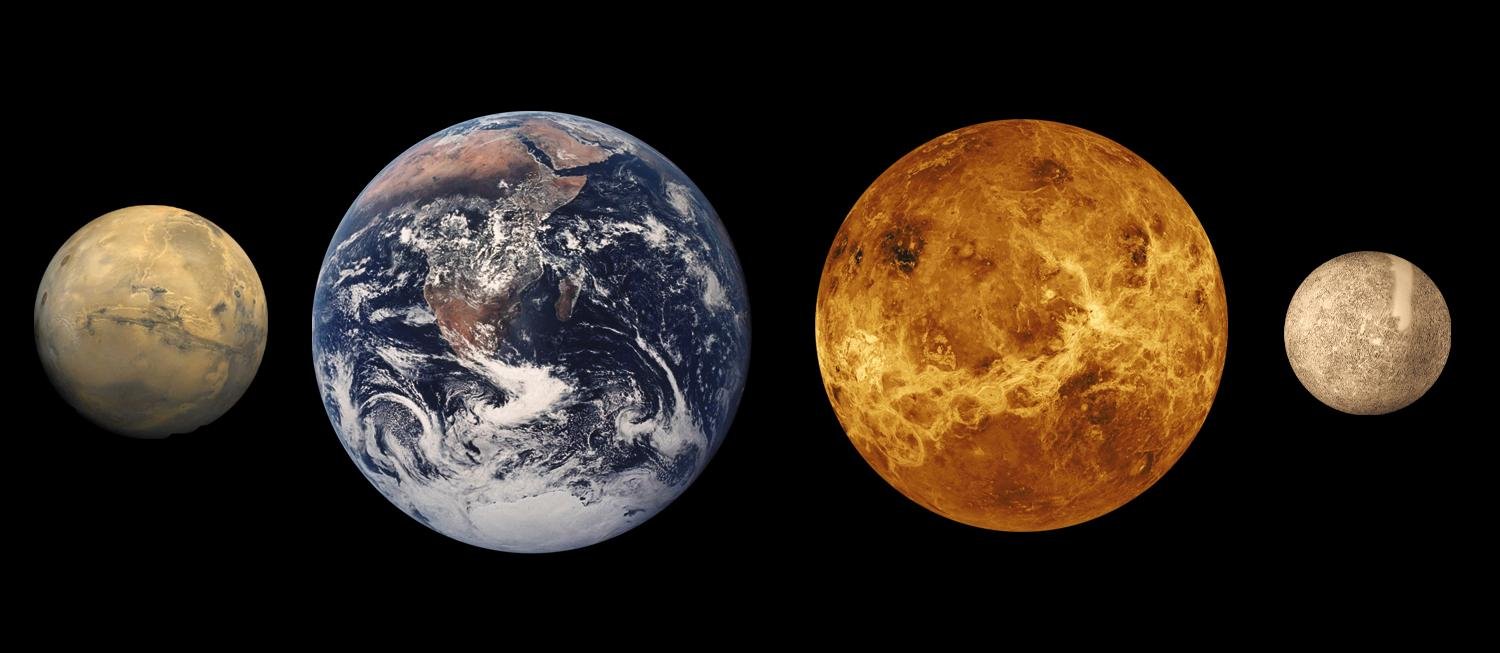
The Gas Giants
After the Terrestrial Planets, we have the Gas Giants. Their name is pretty self-explanatory; they are big balls of gas. After Mars, we have the first Gas Giant; Jupiter.
Jupiter
Jupiter is the largest planet out of them all. It is very like a Star; in that it is largely composed of Hydrogen and Helium. The issue is it never got big enough to start fusing Hydrogen and become one [5]. Temperatures range from -150 to -93 degrees Celsius. You may have heard about the Great Red Spot, which is a huge red spot on the planet; home to a massive storm. It alone, is 3 times the size of Earth! Jupiter has 67 moons.
Saturn
Saturn is the second largest planet after Jupiter and is the least dense out of them all. In fact, if you got a bathtub full of water huge enough for Saturn to sit in it; it would float [6]. Temperatures range from -143 to -133 degrees Celsius. It is most known for its beautiful rings! Saturn has 62 moons.
Uranus
Uranus is the third largest planet after Saturn. Its main feature is that it is so tilted that it orbits the Sun whilst “lay down” on its side. Imagine the North pole on Earth pointing towards the Sun and orbiting in that manner; Uranus does just that. Temperatures range from -200 to -195 degrees Celsius. Uranus has 27 moons.
Neptune
Neptune is so far away that it takes 164 Earth years to orbit the Sun once. Being that far away from the Sun means it must be cold. Temperatures there range from -203 to -197 degrees Celsius. Wind speeds on this Gas Giant have reached 2100 kilometres per hour; that is almost 2 times the speed of sound - that would certainly blow your hat off! Neptune has 14 moons.
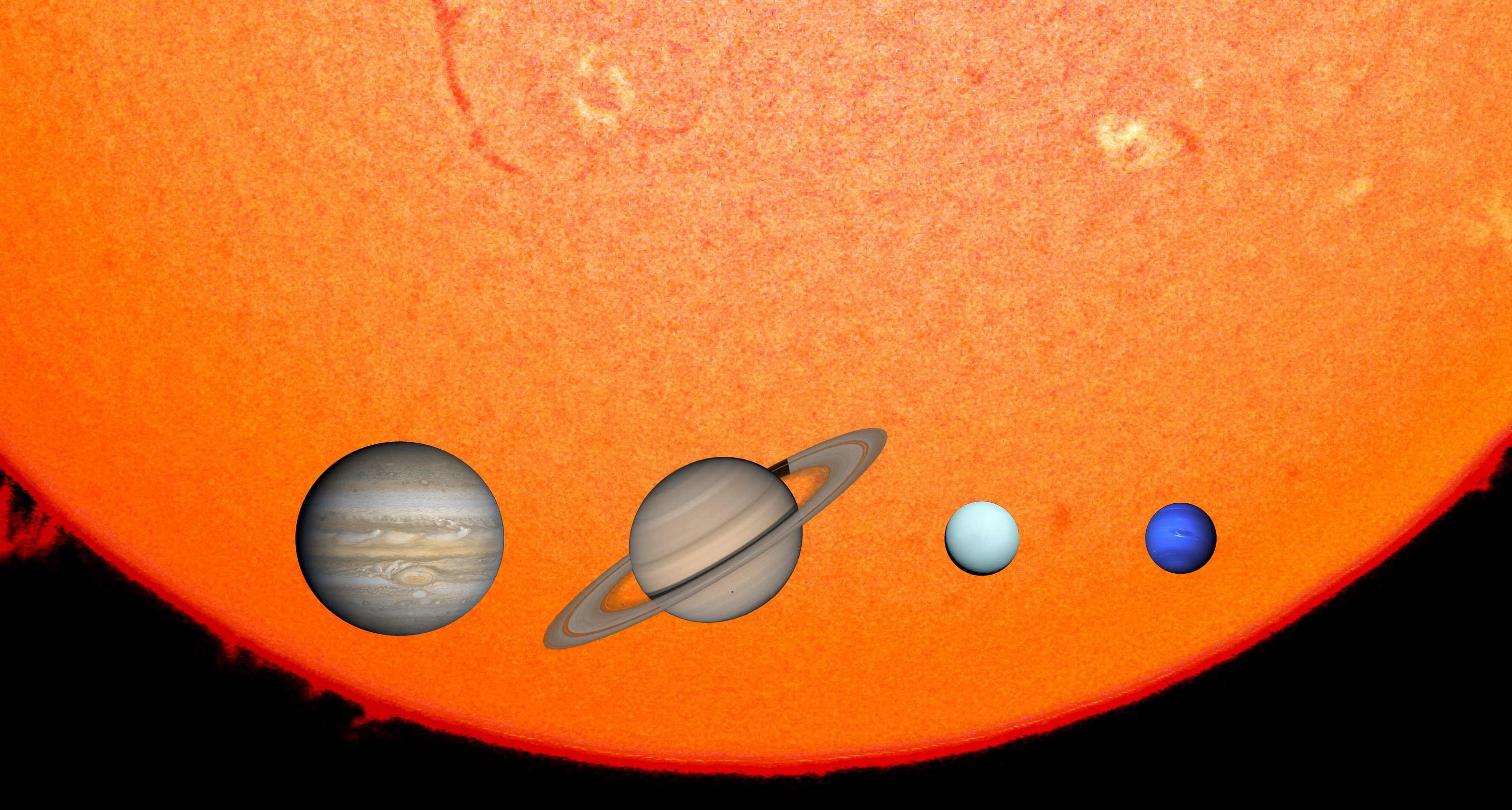
Asteroids
There are literally trillions of asteroids orbiting the Sun in our Solar System. There are 2 main belts; the Asteroid Belt which lies between Mars and Jupiter, and the Kuiper Belt which lies beyond Neptune along the outside of our Solar System [7]. The main object in the Kuiper Belt is the familiar Pluto.
Pluto
Pluto is the smallest planet in the Solar System, and is the largest known object in the Kuiper Belt. It is not very big; in fact, it is half the size of the US in width [8]. Temperatures range from -245 to -218 degrees Celsius. Pluto has 5 known moons.
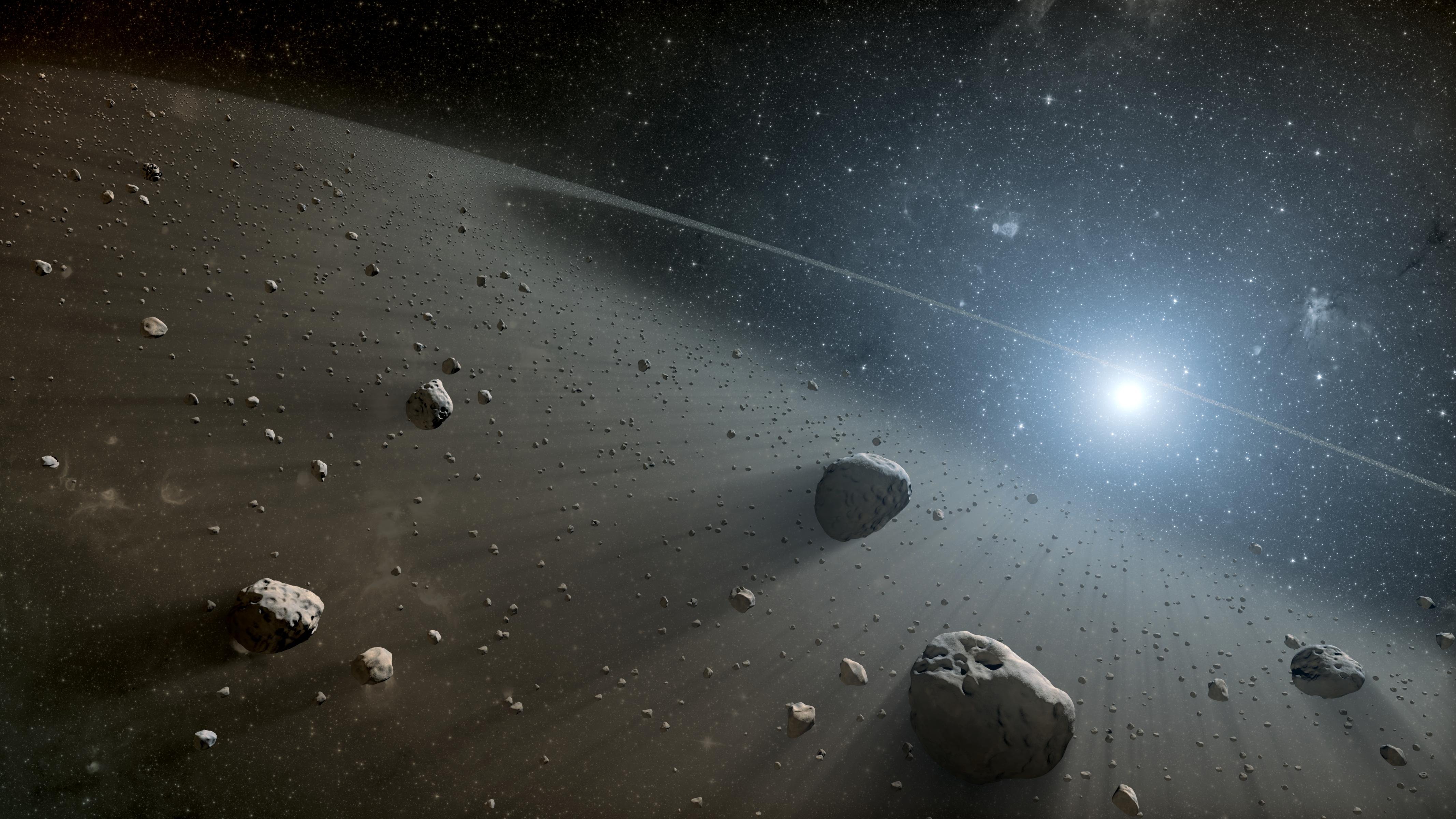
For the purposes of the article being too long, I have kept it nice and concise. I will in future create posts for each specific planet which go into detail about their characteristics (as there is a lot more you need to know about them)!
HINT: Count the planets on your fingers!
I hope you enjoyed this article and best of luck with the challenge! If you want some tips for a top notch response, please read my previous article if you haven’t already seen it.
Please remember to follow all the instructions for a valid response and once you are done, send your response to me on Steemit.chat to make sure I have seen it!
If you have any questions, leave them below and until next time, take care.
~ Mystifact
References:
[1]: https://solarsystem.nasa.gov/planets/sun
[2]: http://coolcosmos.ipac.caltech.edu/ask/17-How-hot-is-Mercury-
[3]: 
[4]: http://www.lpi.usra.edu/publications/slidesets
[5]: https://spaceplace.nasa.gov/all-about-jupiter/en/
[6]: http://space-facts.com/saturn/
[7]: http://nineplanets.org/uranus.html
[8]: https://theplanets.org/pluto/
Please note; no copyright infringement is intended. All images used have been labelled for re-use on Google Images. If any artist or designer has any issues with any of the content used in this article, please don’t hesitate to contact me to correct the issue.
Relevant articles:
What happens to you in Space without a Spacesuit?
Are we alone in the Universe?
Can we turn Mars into Earth 2.0?
Previous articles:
MystiFACT-or-FICTION challenge #1 - RESULTS
Solids, Liquids and Gases… Is that it? – Part 2
Solids, Liquids and Gases… Is that it? – Part 1
Follow me on: Facebook, Twitter and Instagram, and be sure to subscribe to my website!
